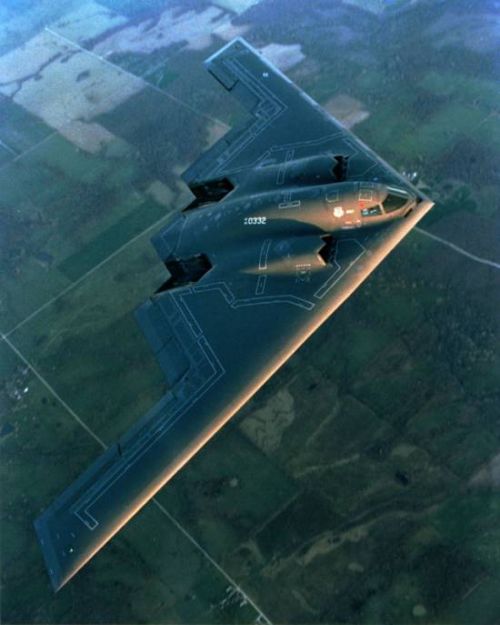|
||||||||||
|
|
||||||||||
|
||||||||||
|
|
||||||||||
Older military and commercial jets tend to use jet engines that are called turbojets or low-bypass turbofans. These engines suck in a small amount of air and accelerate it out the back at high speed to produce thrust. This process tends to be very noisy. For this reason, stealth planes (as well as newer commercial aircraft) use engines that are called high-bypass turbofans. These engines take in a much larger quantity of air but accelerate it less. However, because the mass of air is so big, you can actually get more thrust than with the older kinds of engines. The added benefit is that these newer engines create a large cushion of slower-moving air around the noisy part of the engine, and this cushion blocks much of the noise so the engine is significantly quieter. Commercial aircraft are also using these new quieter engines to meet government noise regulations.
Another technique used to make a stealth plane quieter is to place the engines on top of the plane so that their noise is blocked from reaching the ground by the body of the aircraft itself. You can see this method used on both the B-2 stealth bomber and F-117 stealth fighter.

While I am not aware of any websites that discuss these ideas in detail, here are some pages that might help you out:
Read More Articles:


|
Aircraft | Design | Ask Us | Shop | Search |

|
|
| About Us | Contact Us | Copyright © 1997- | |||
|
|
|||